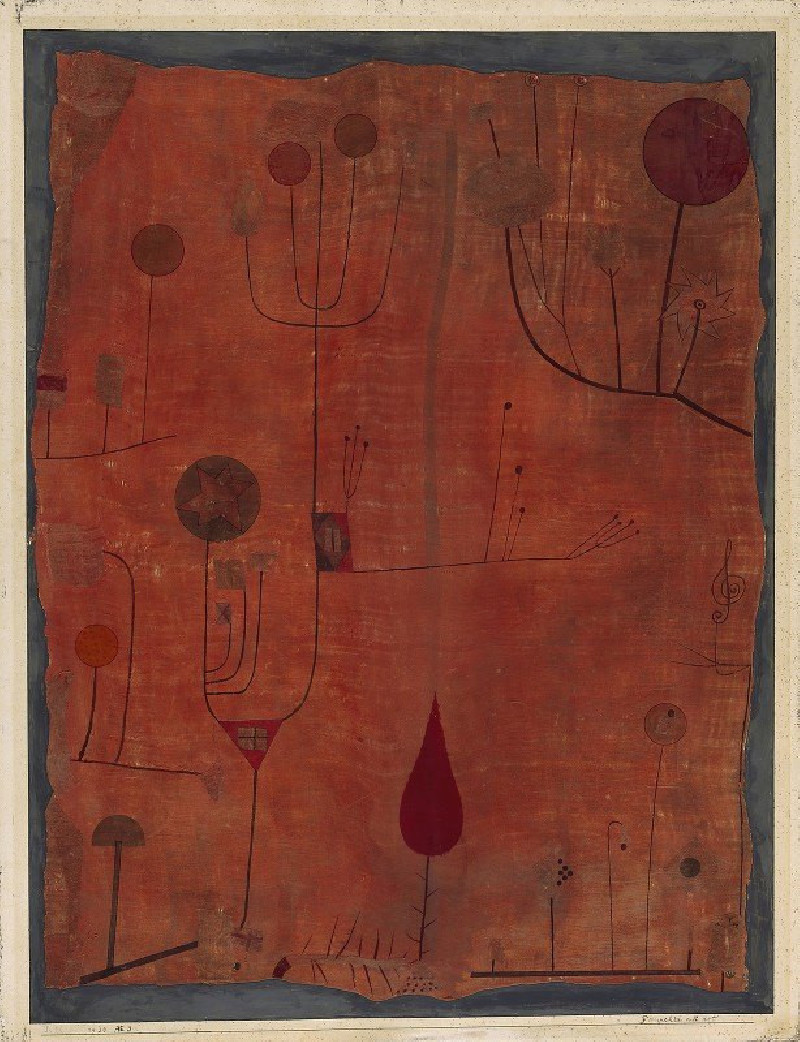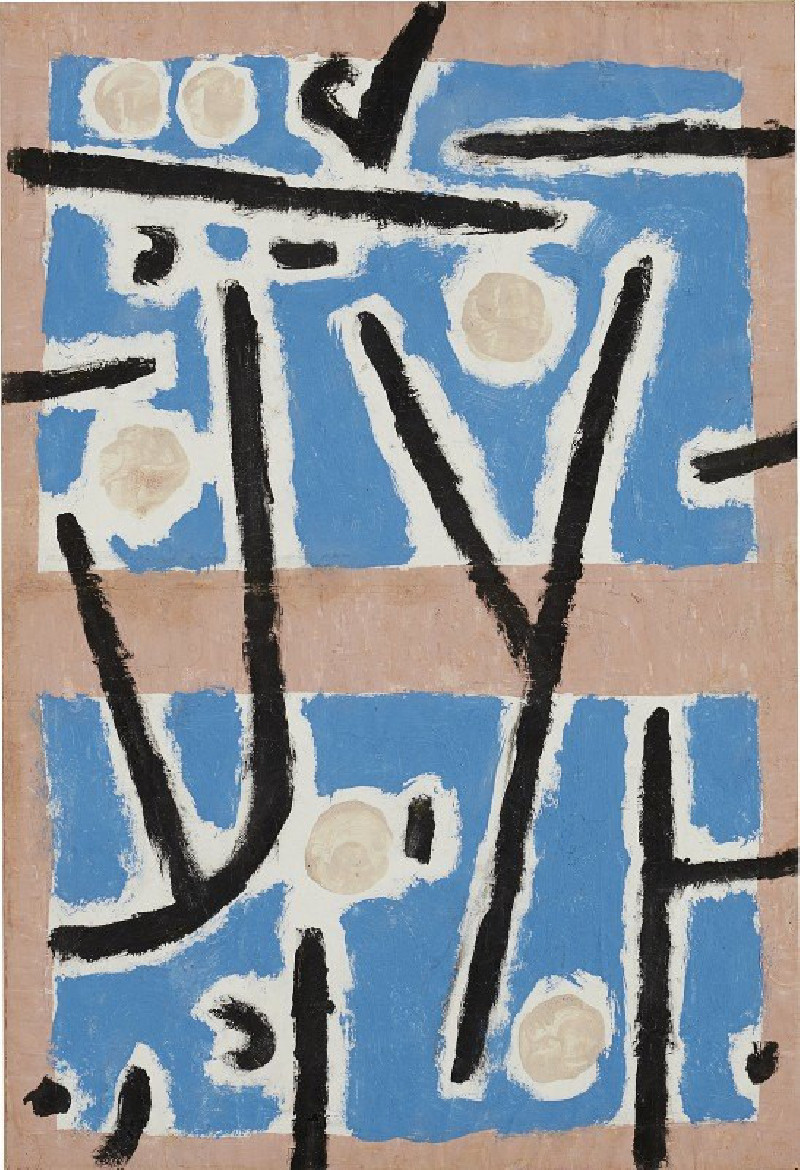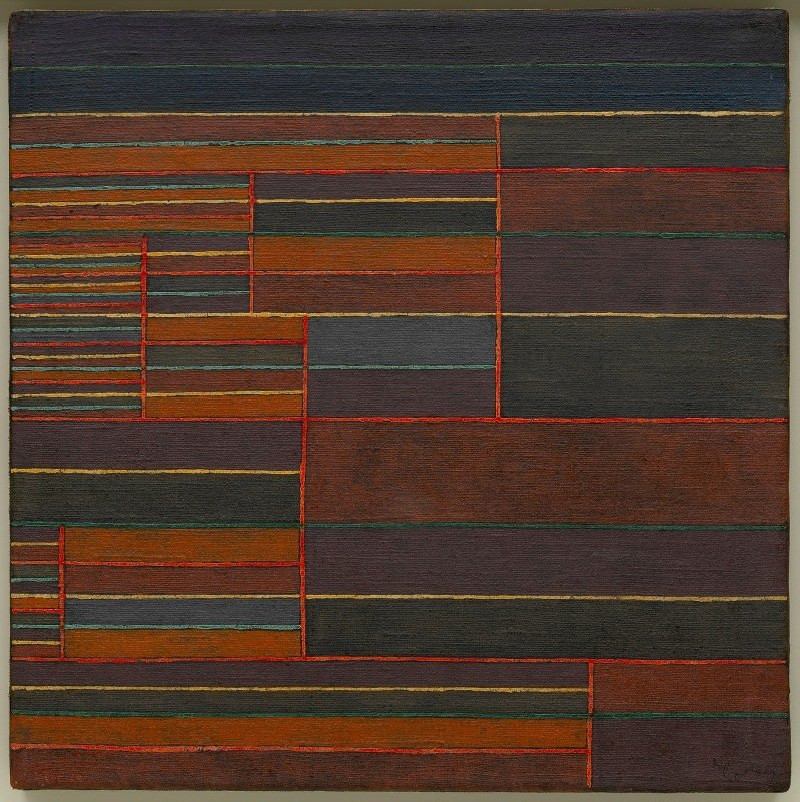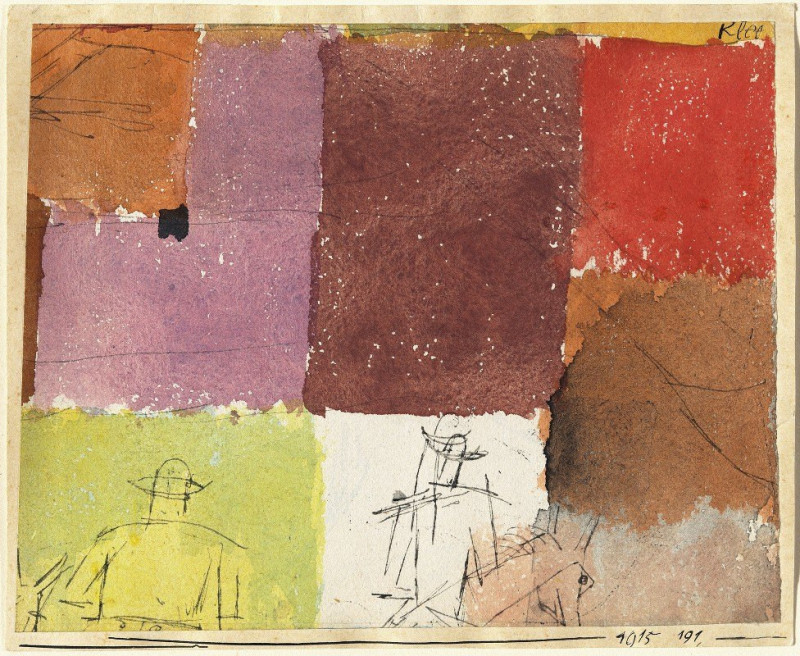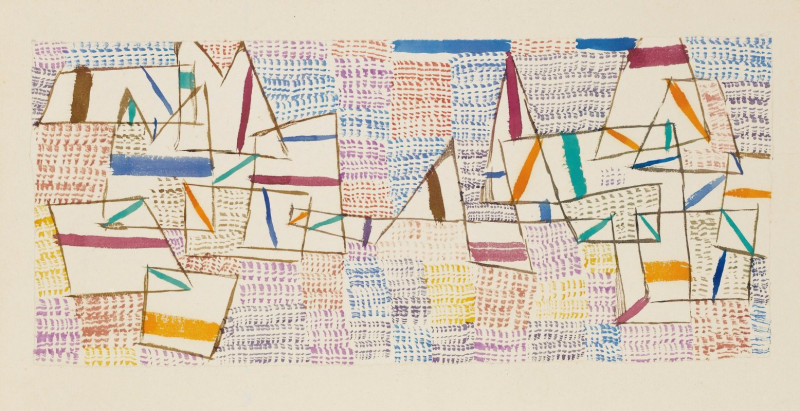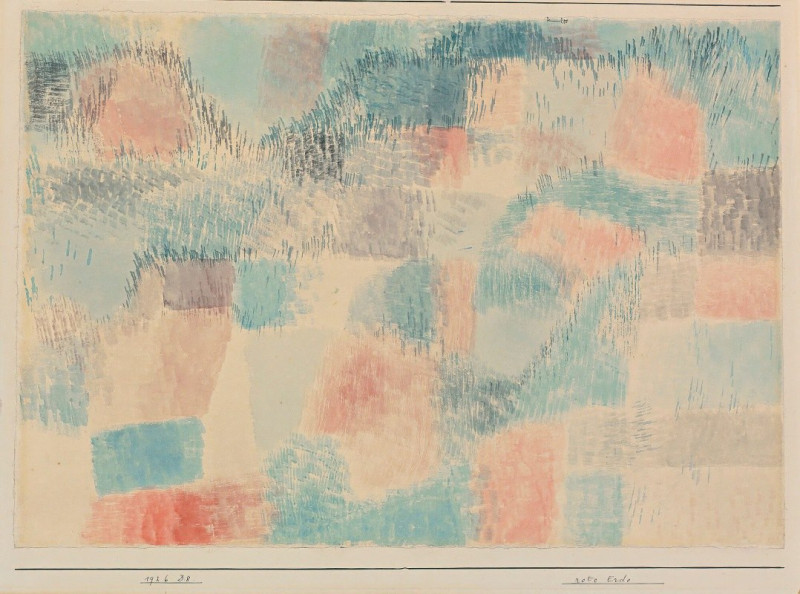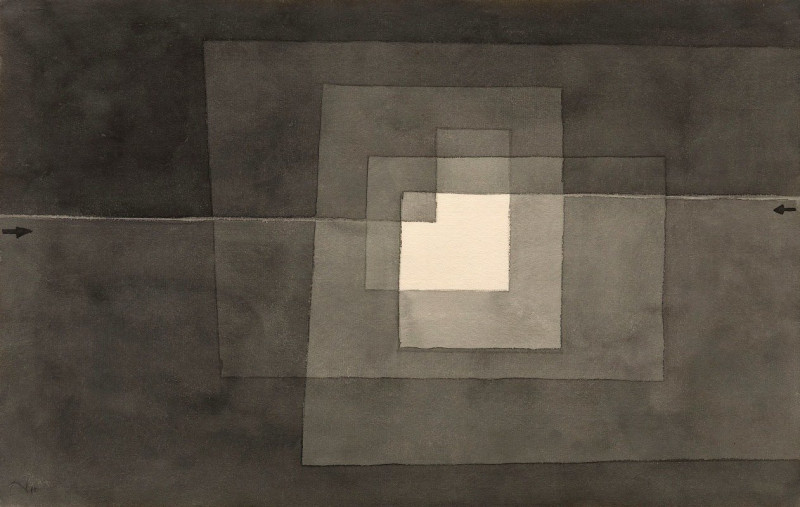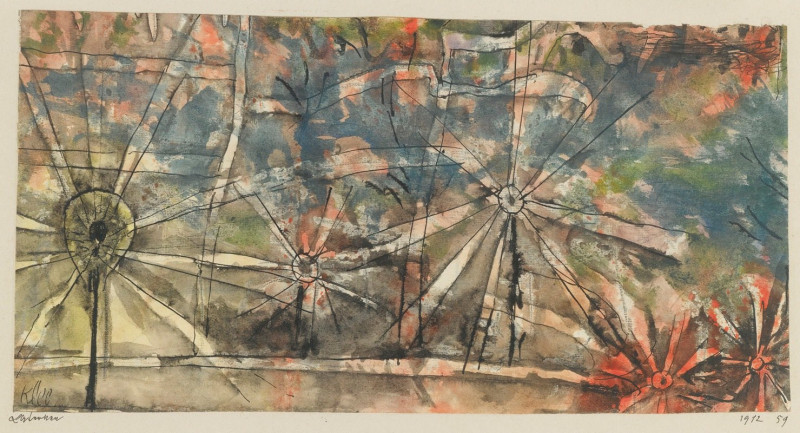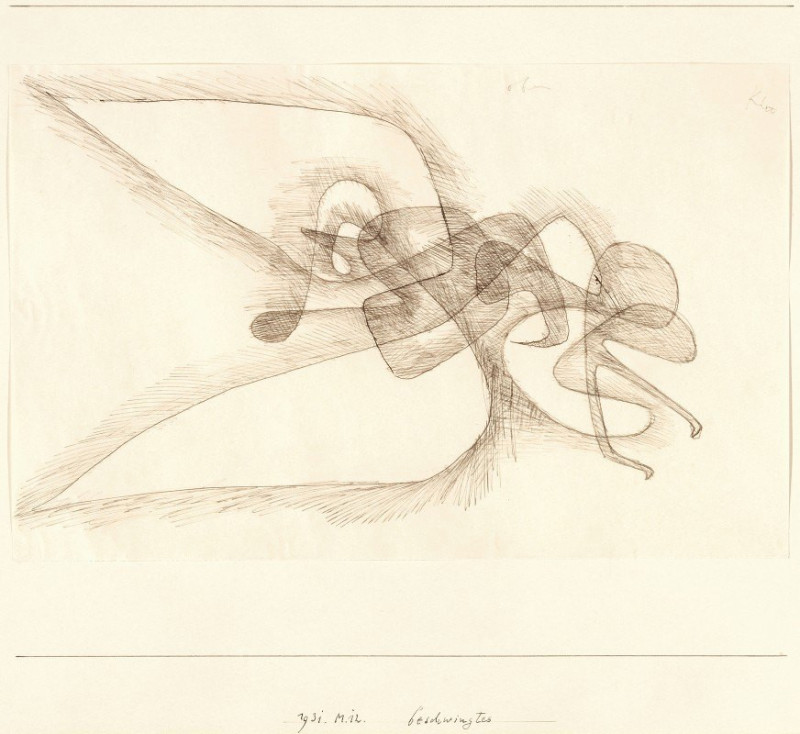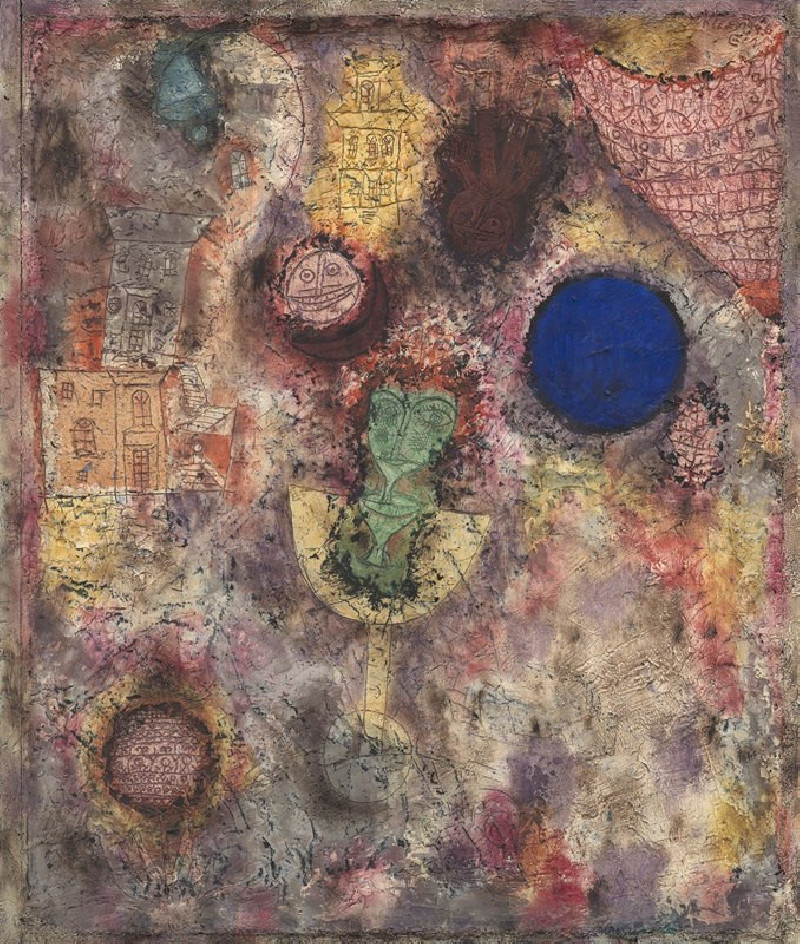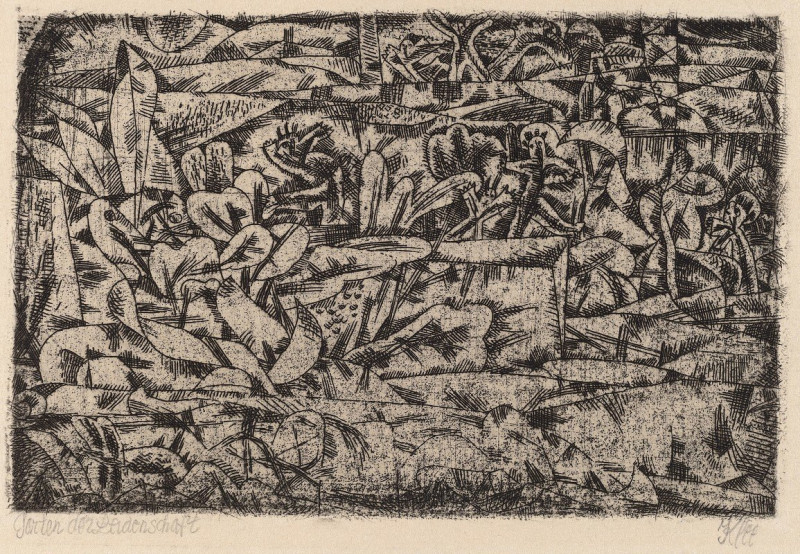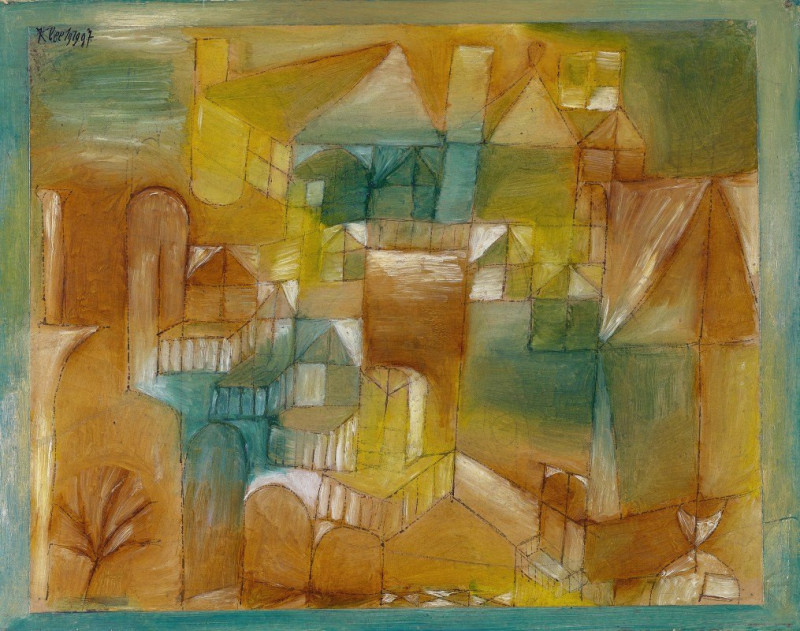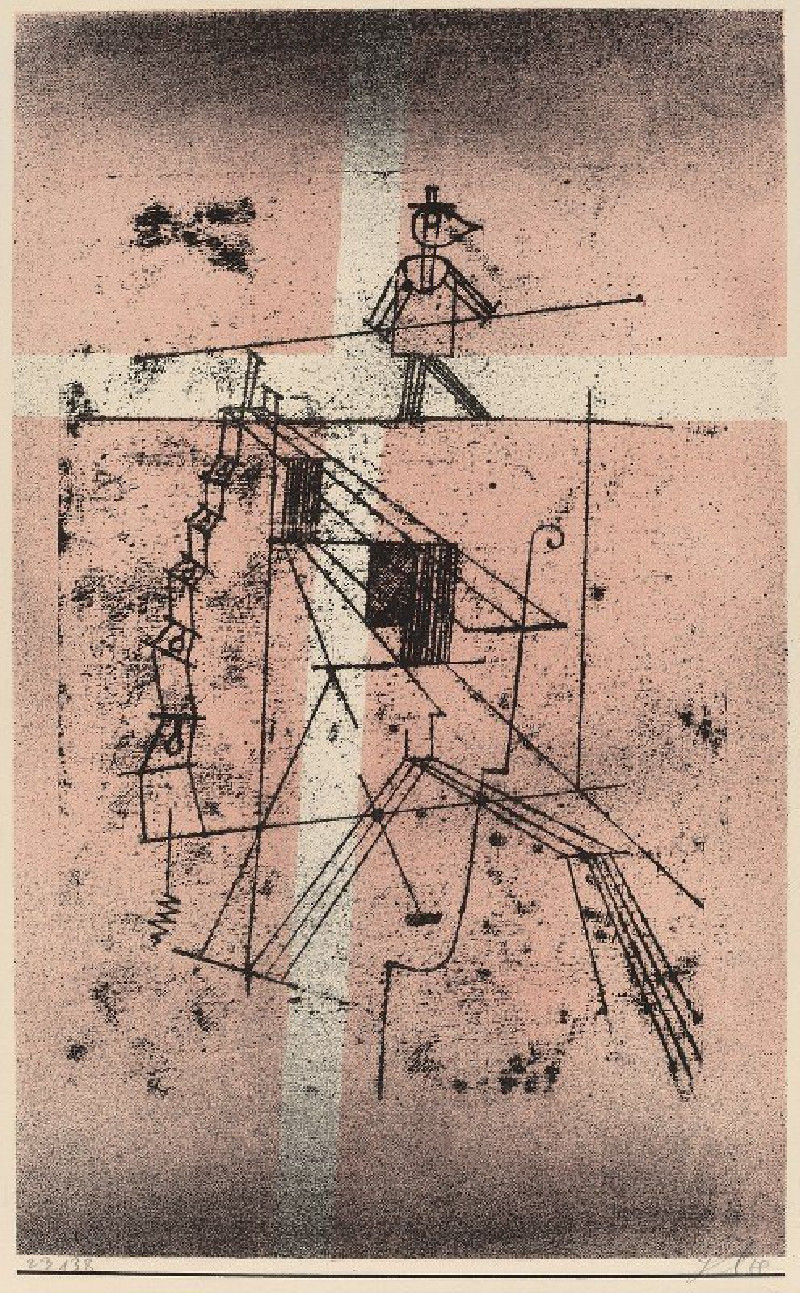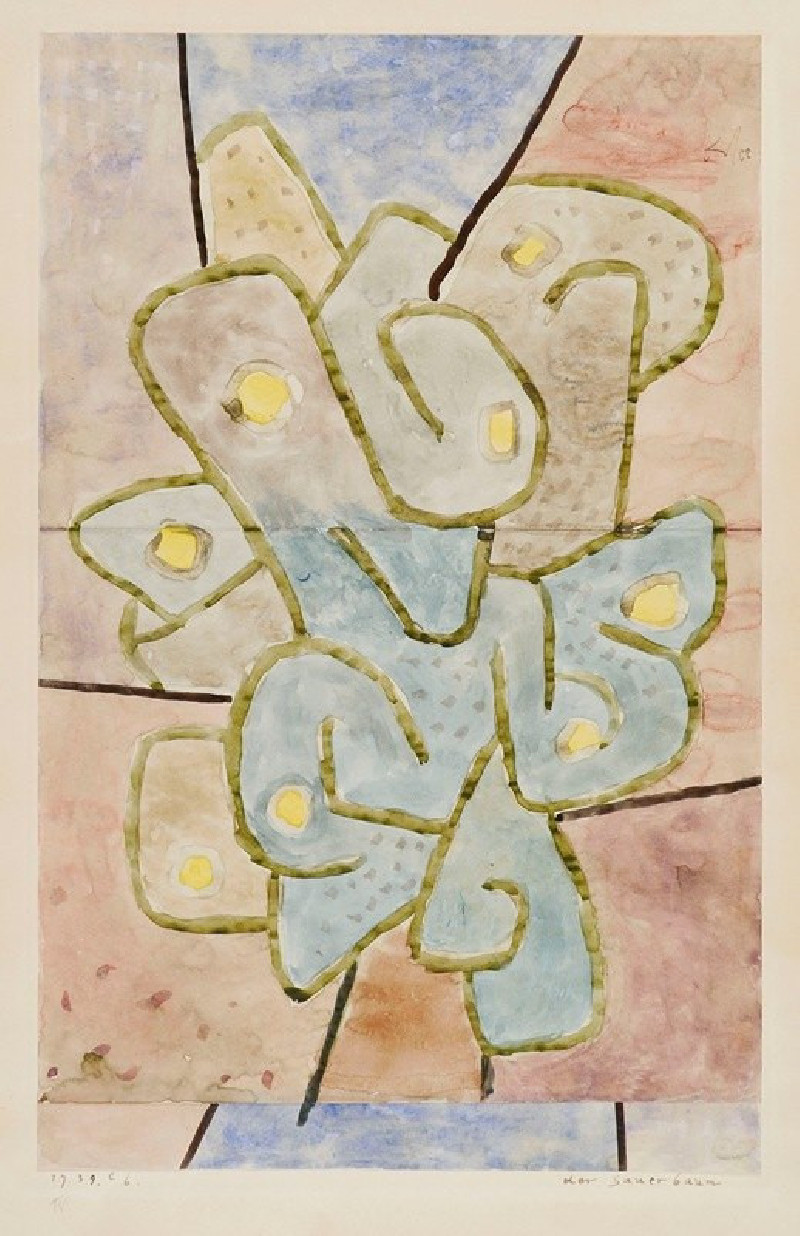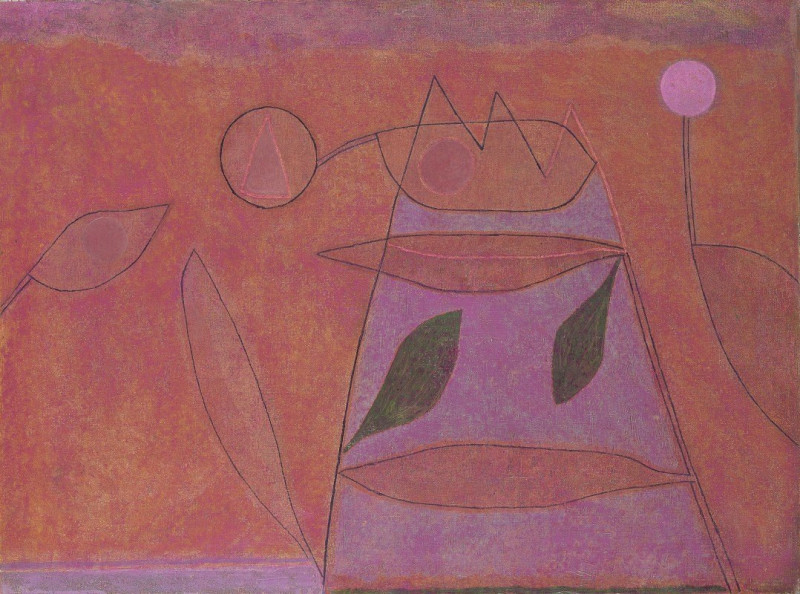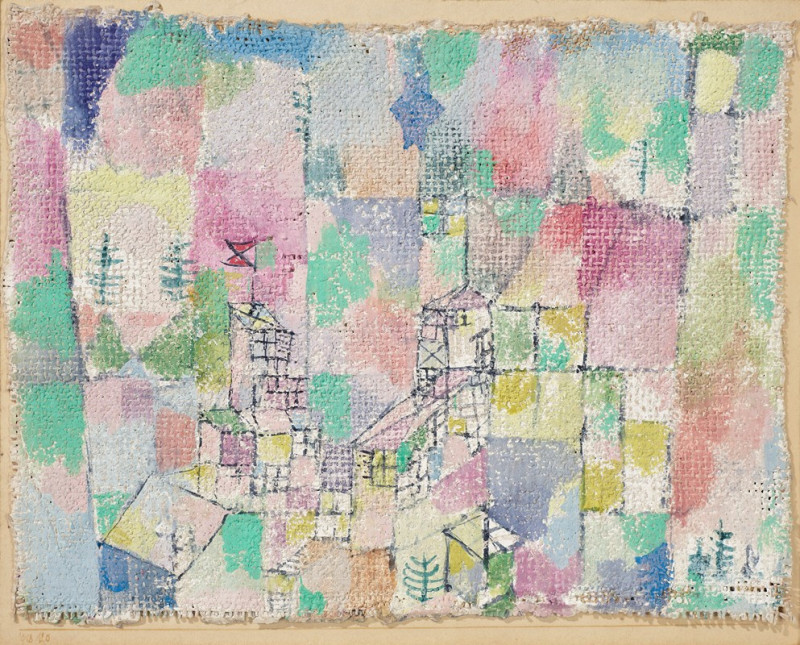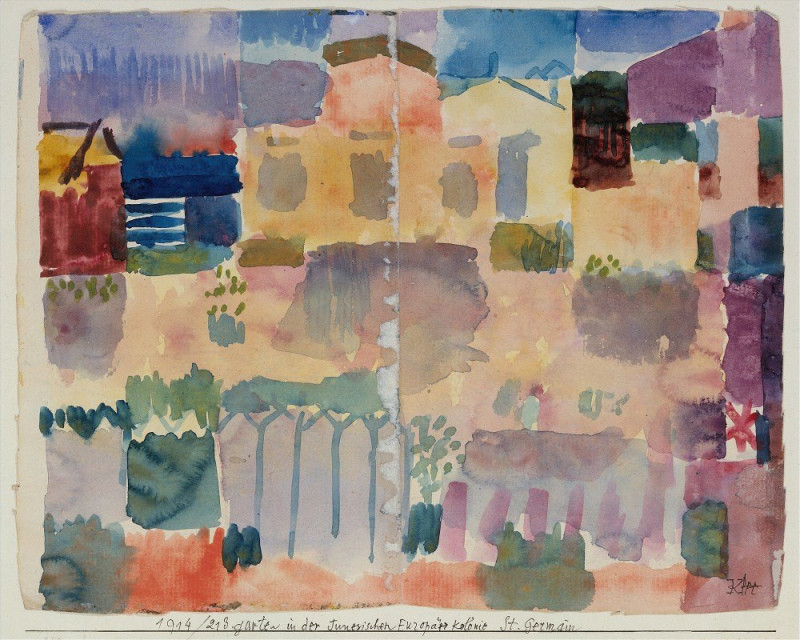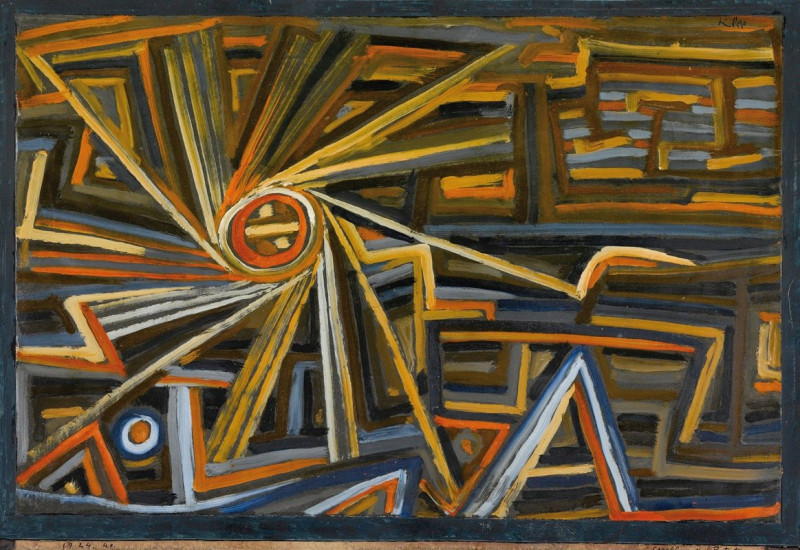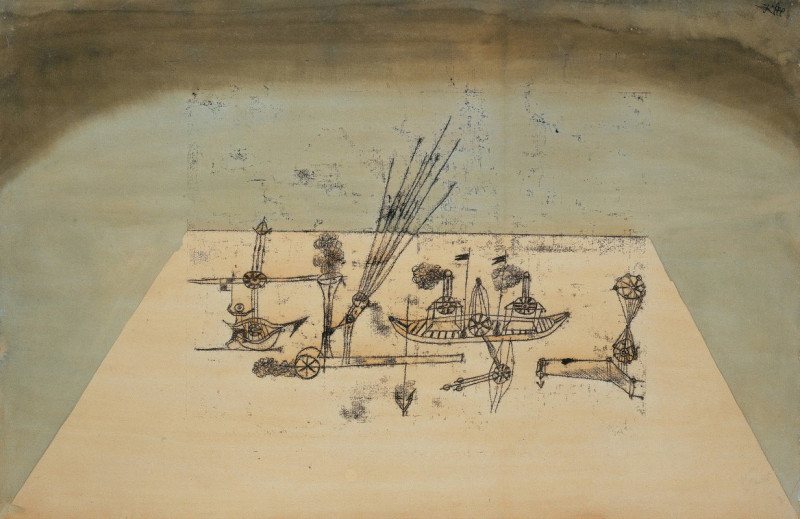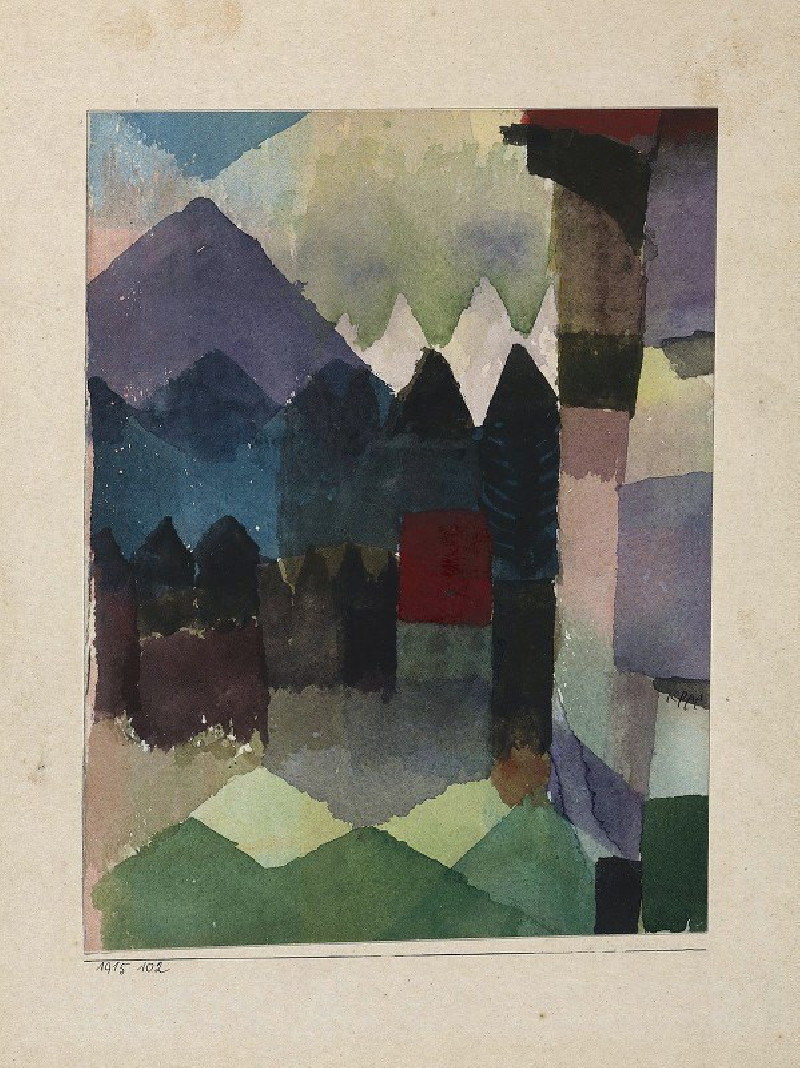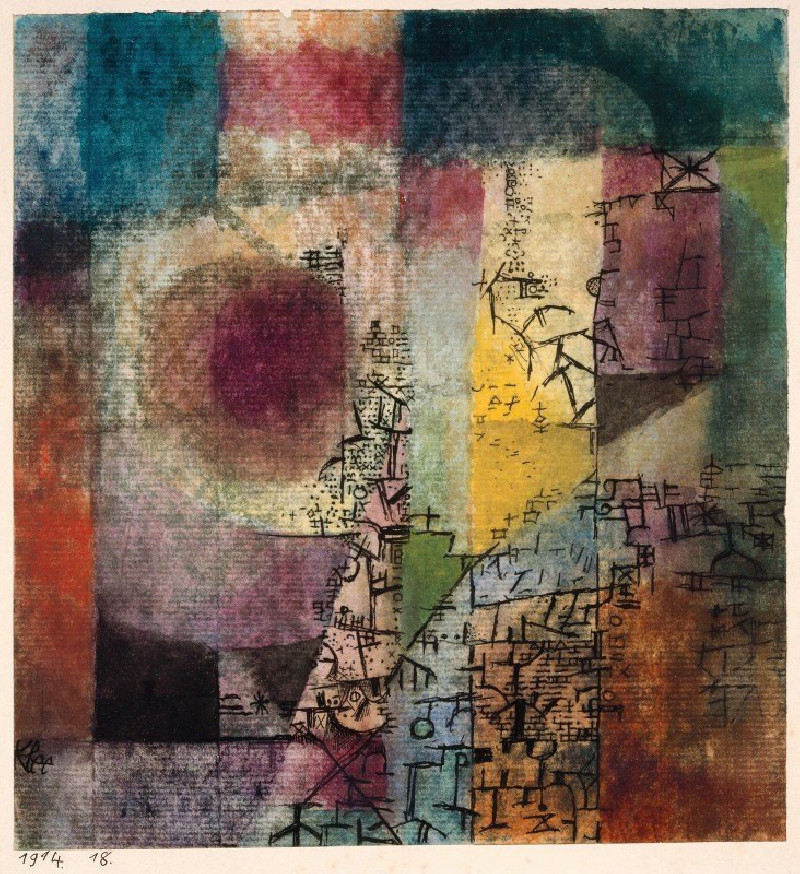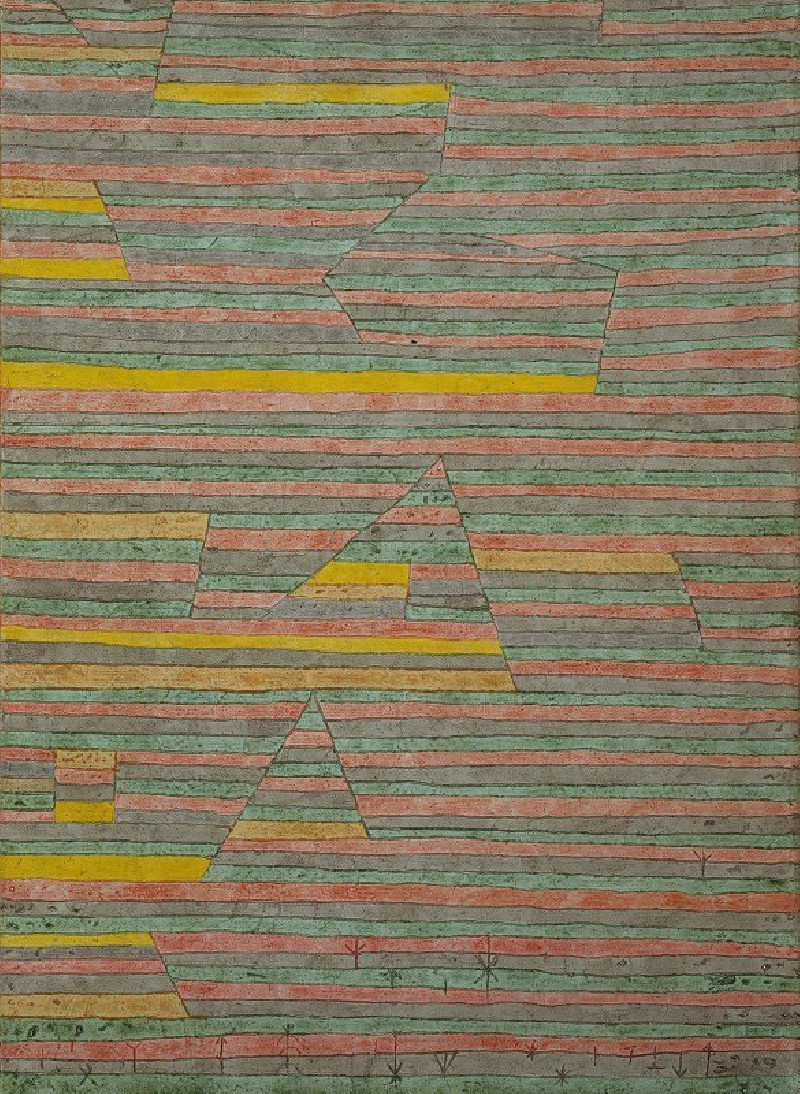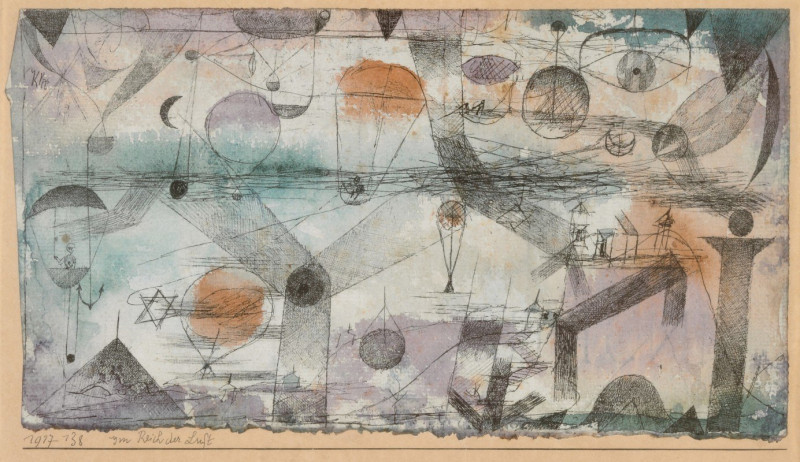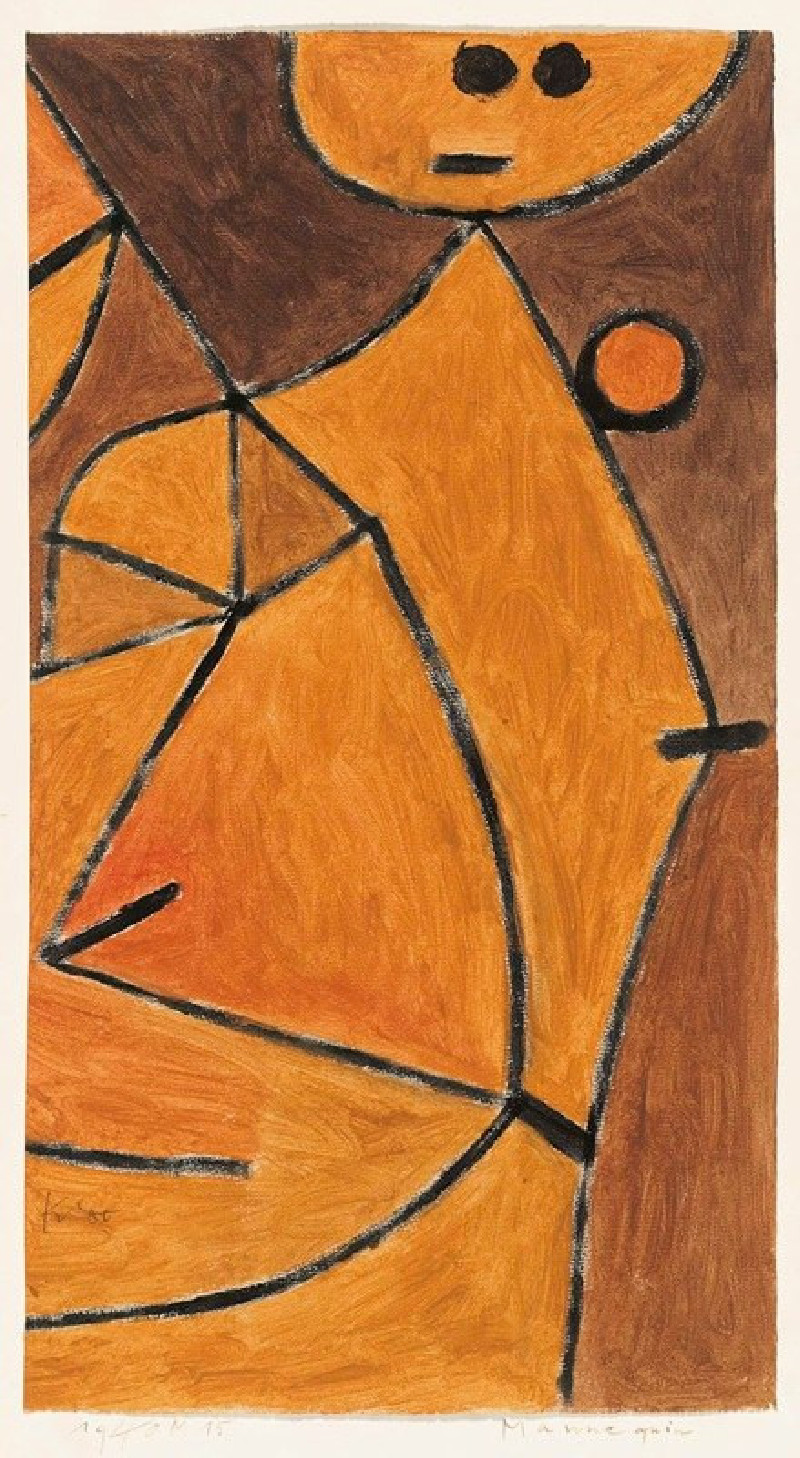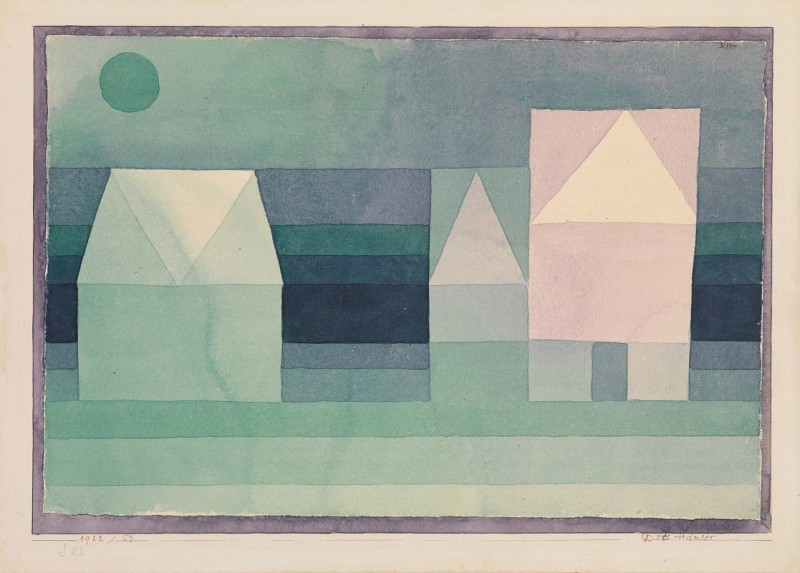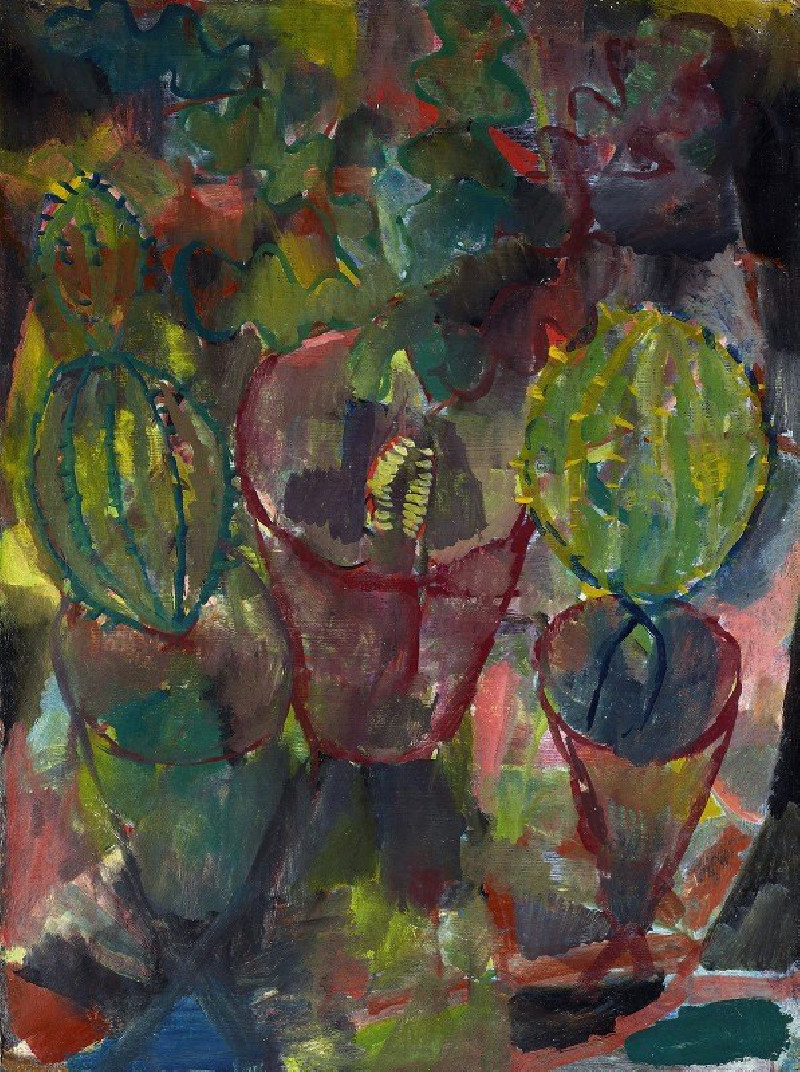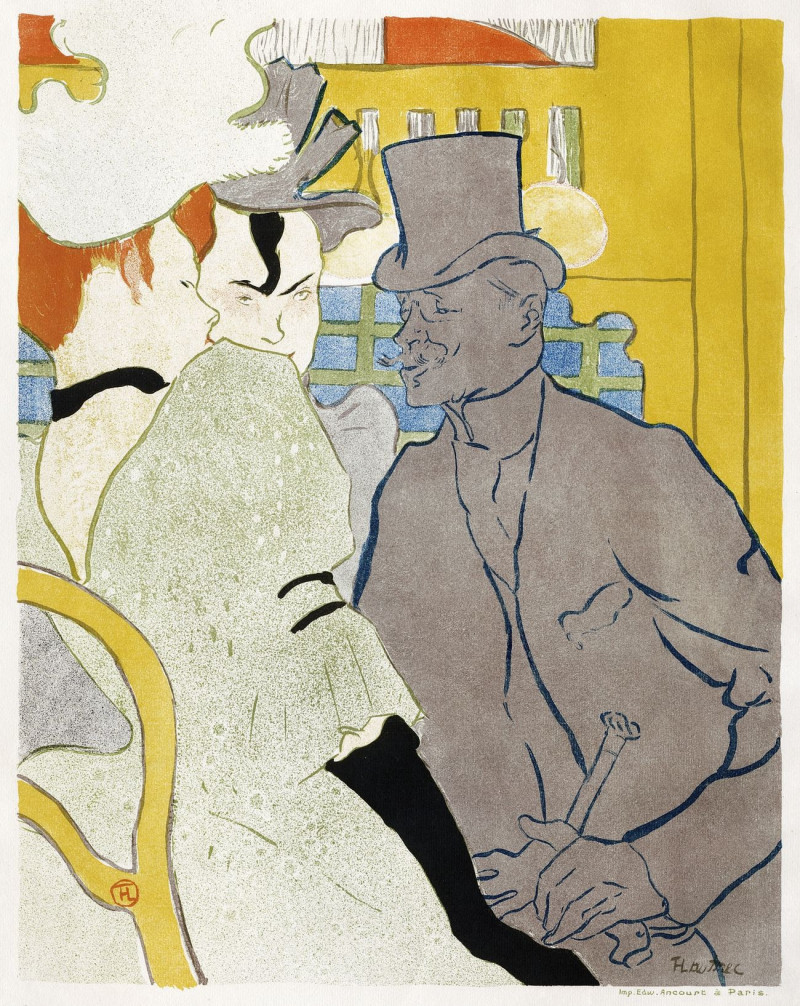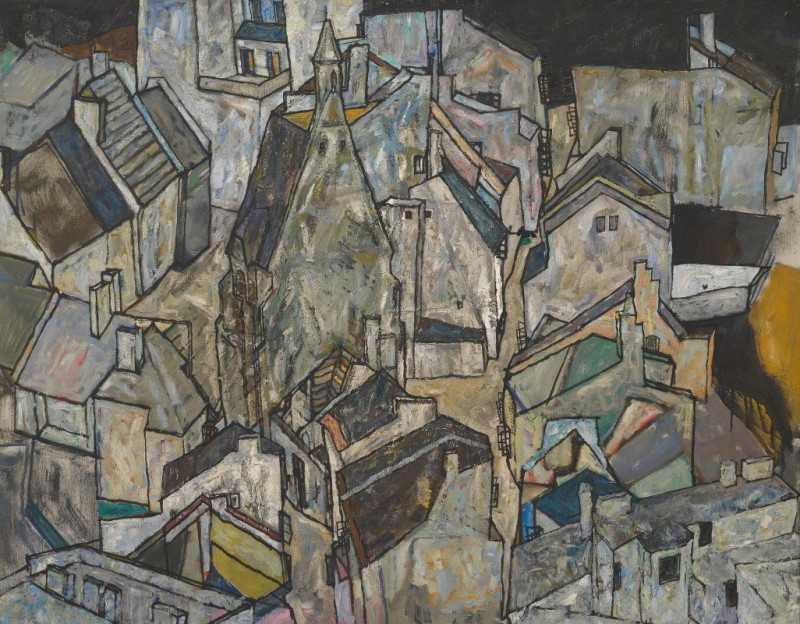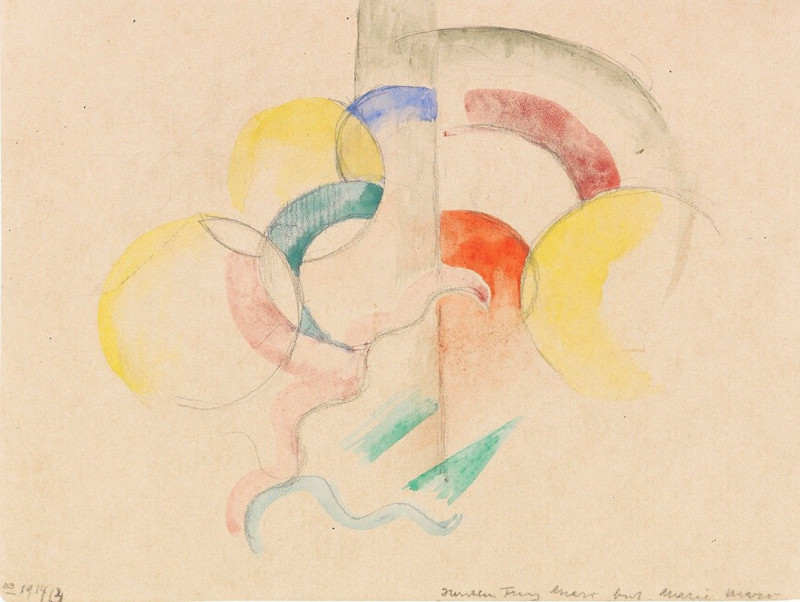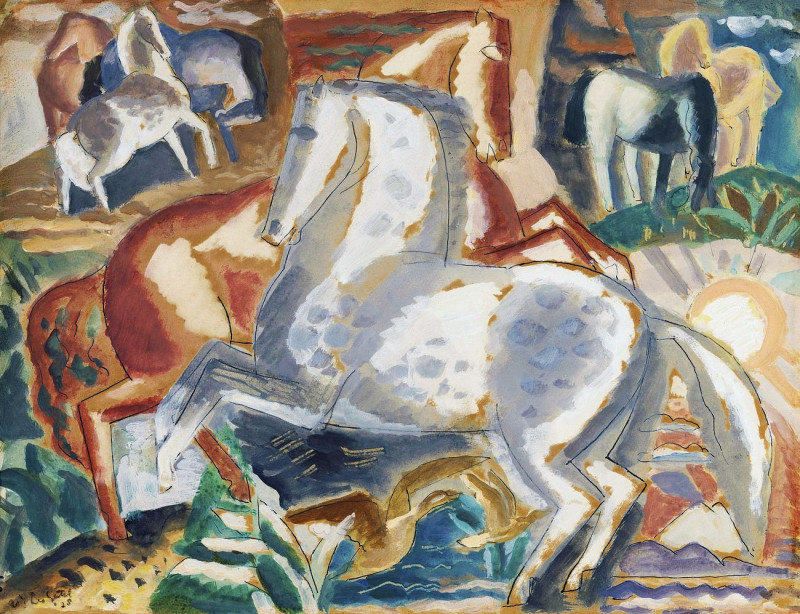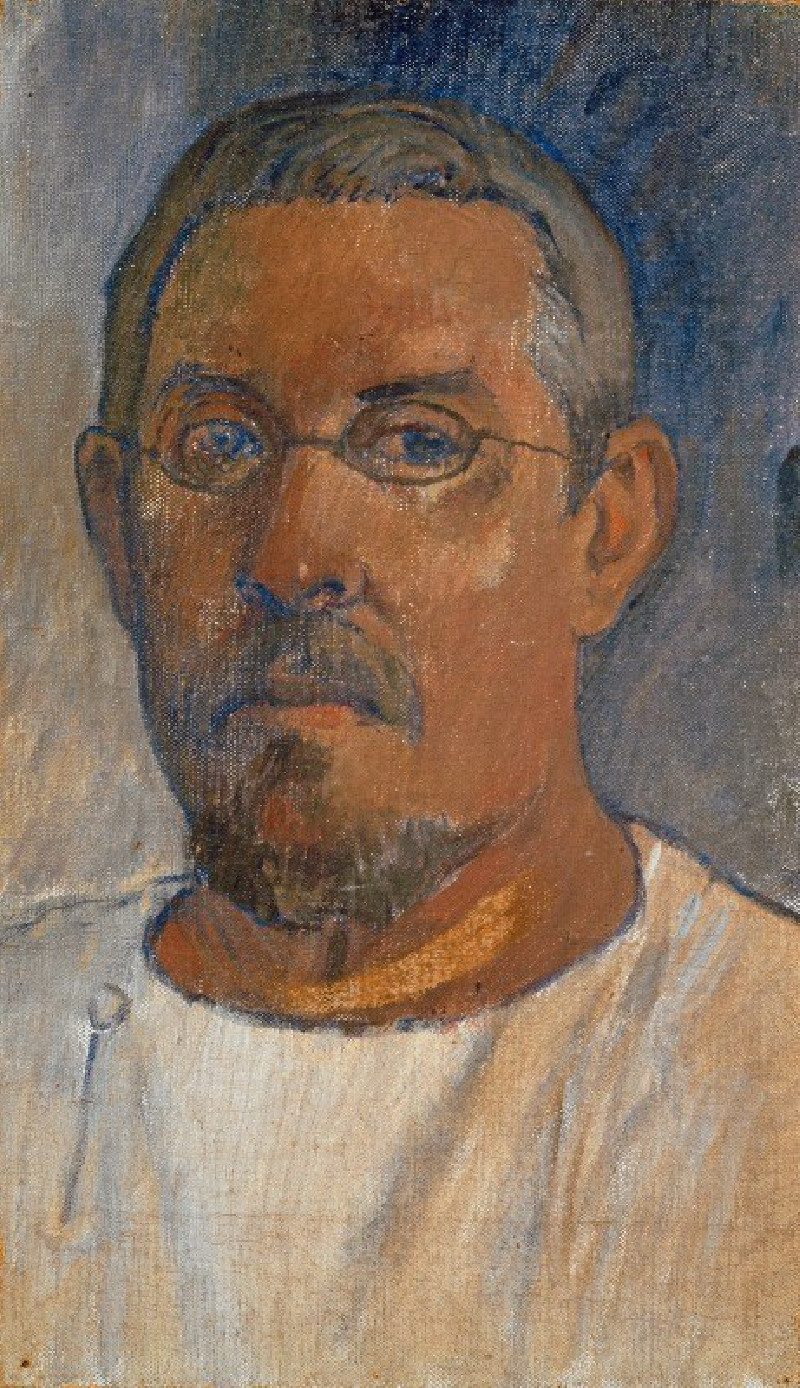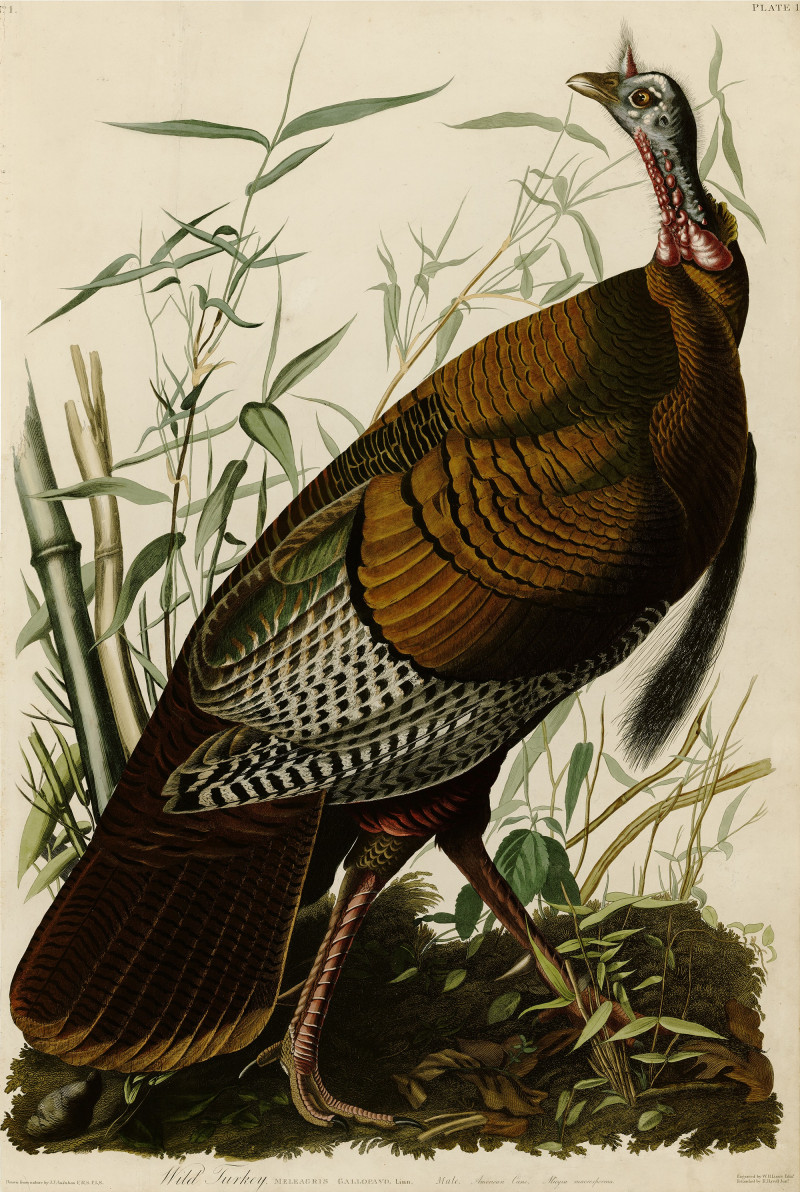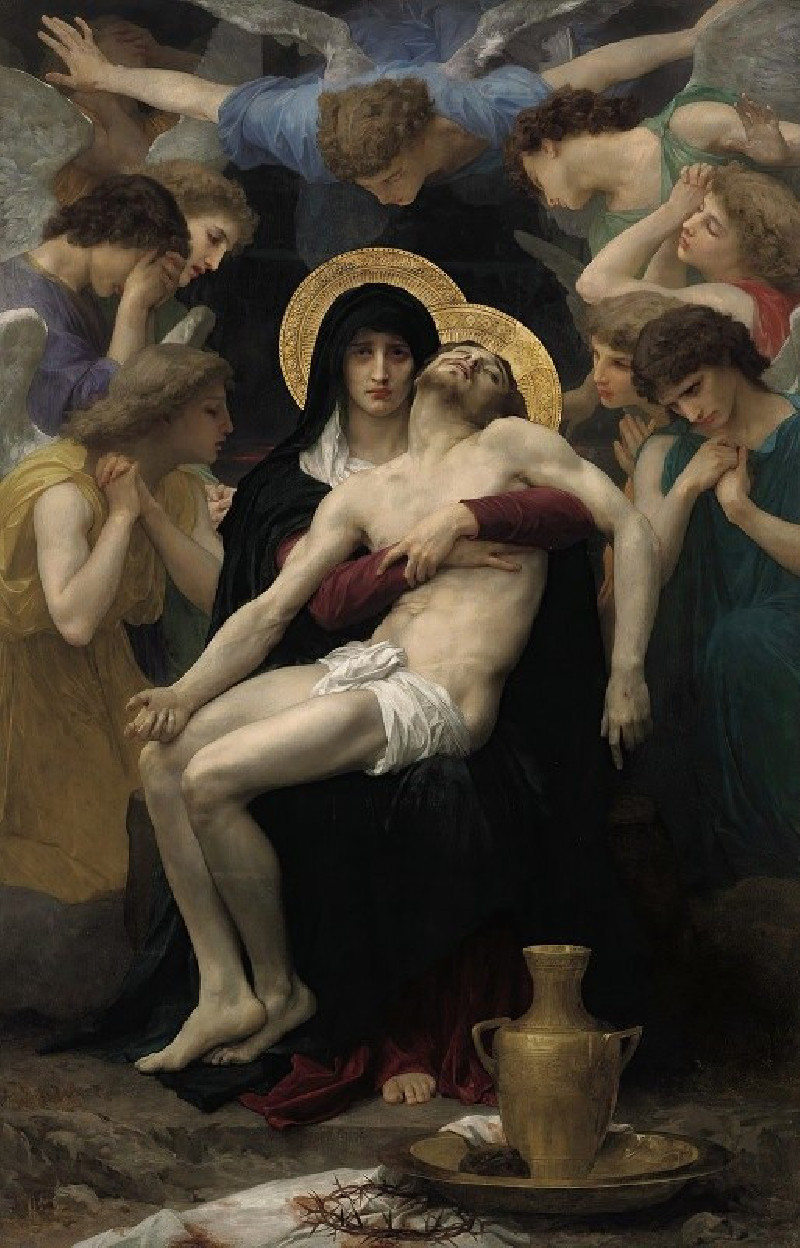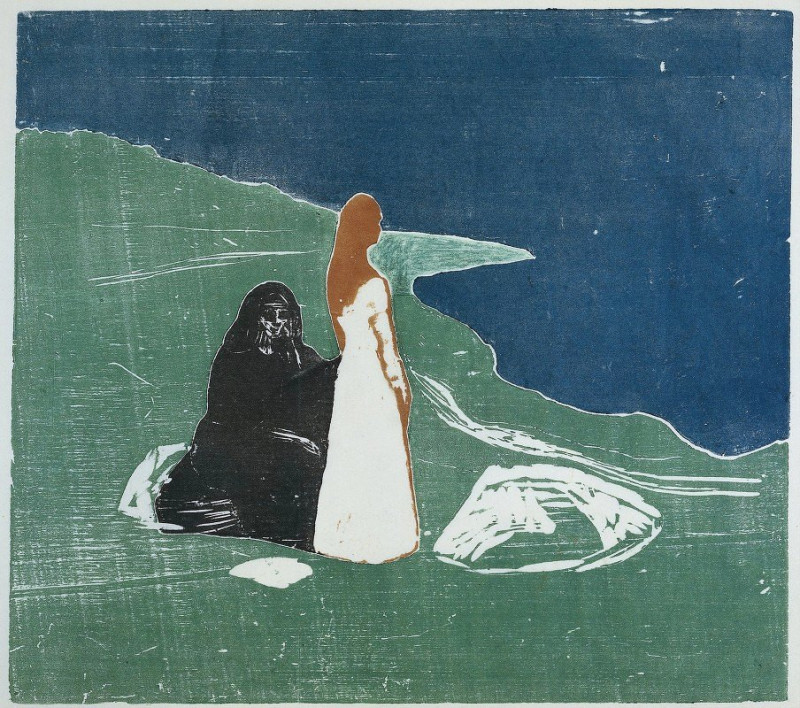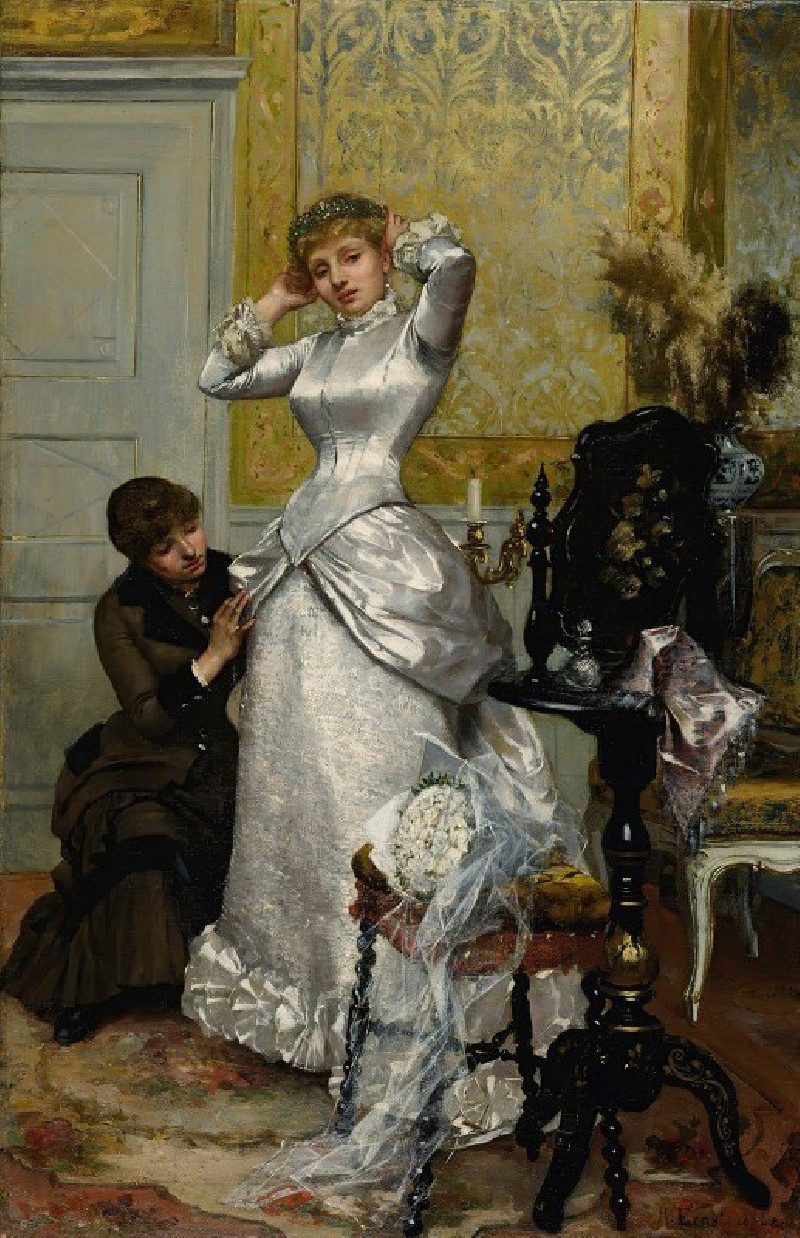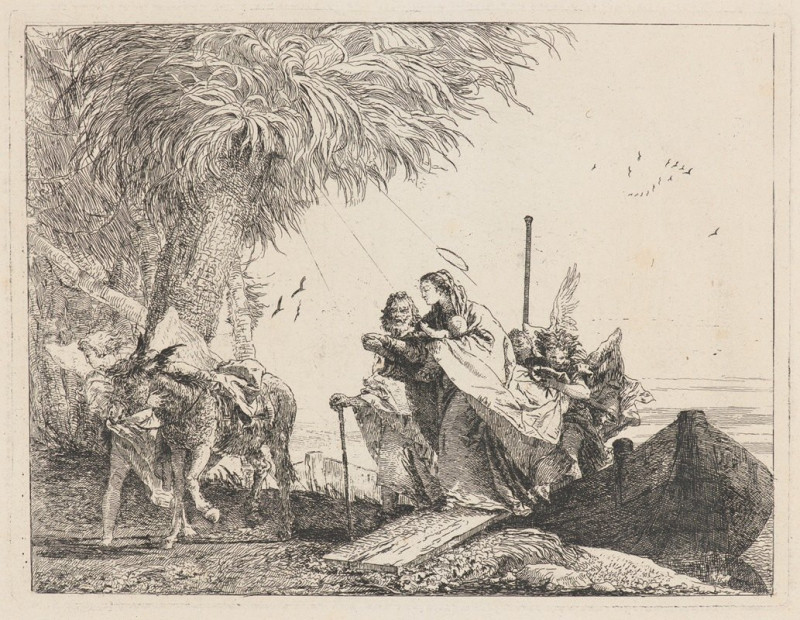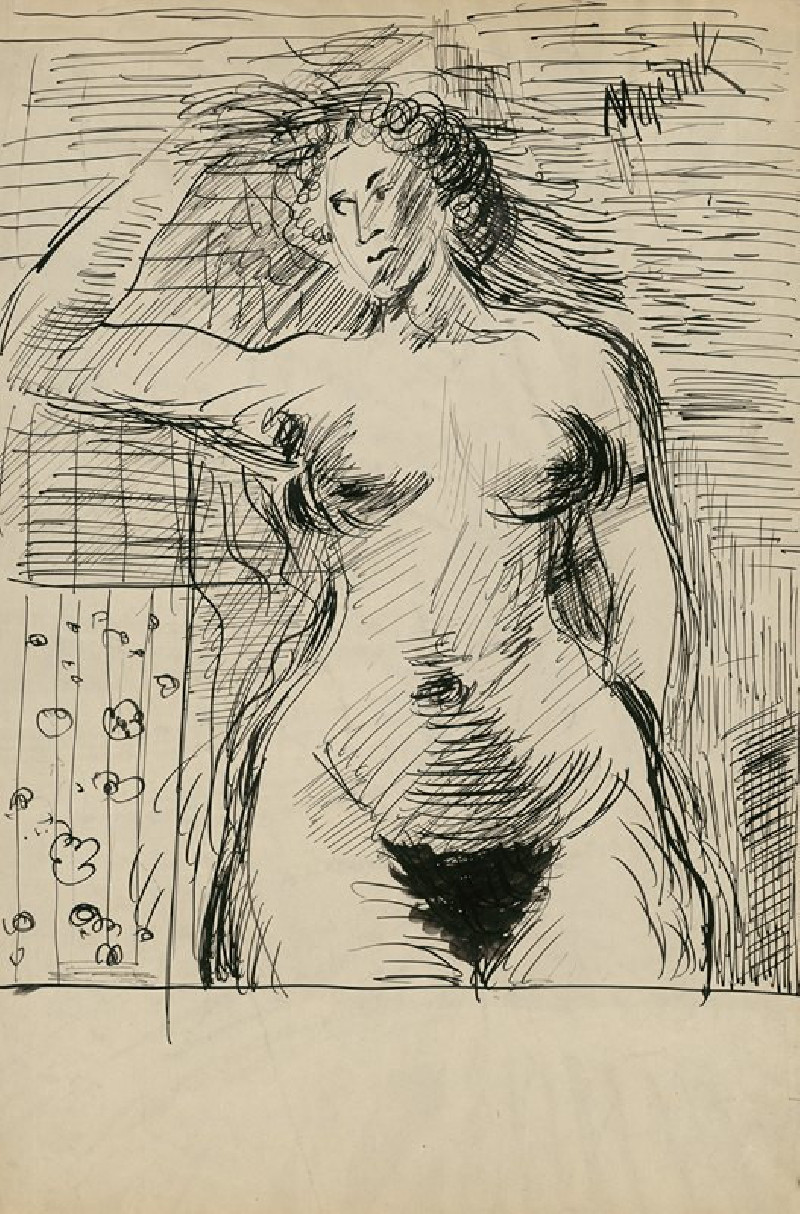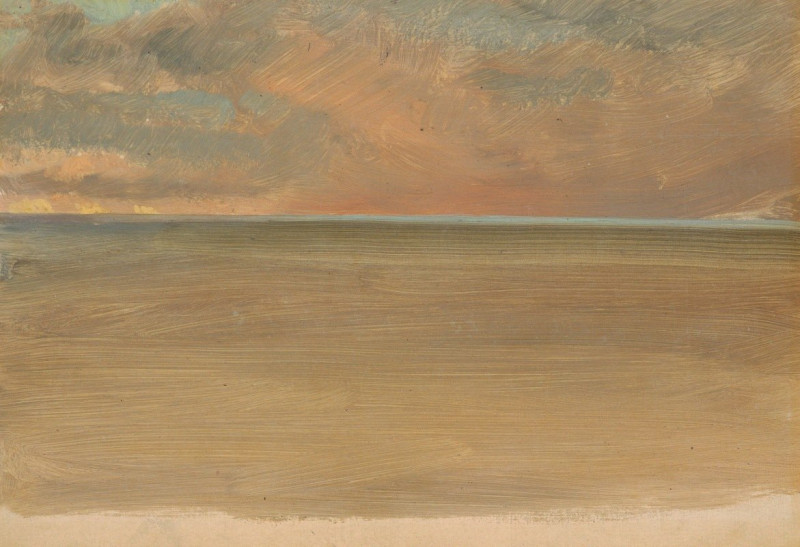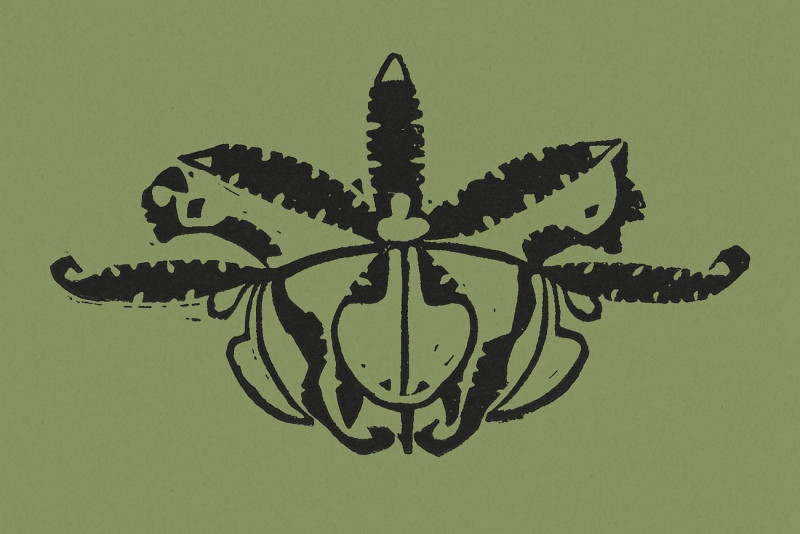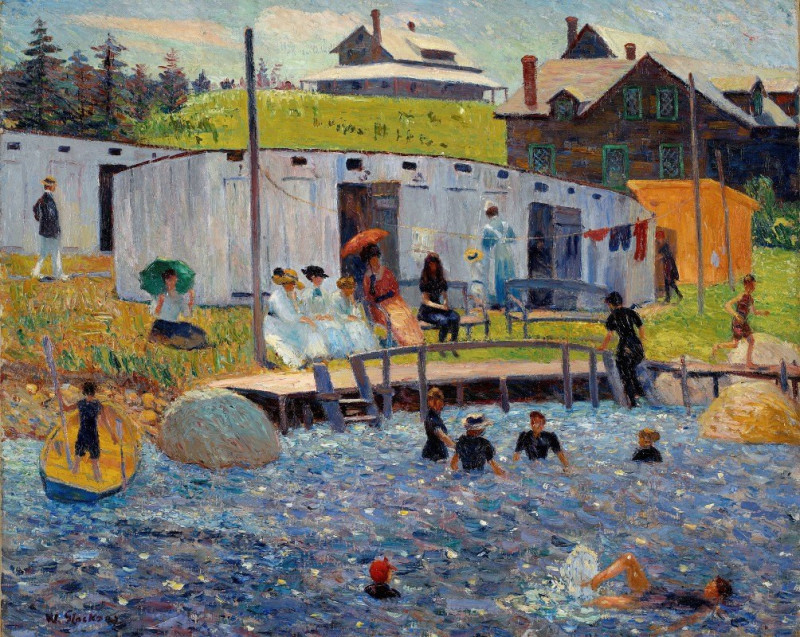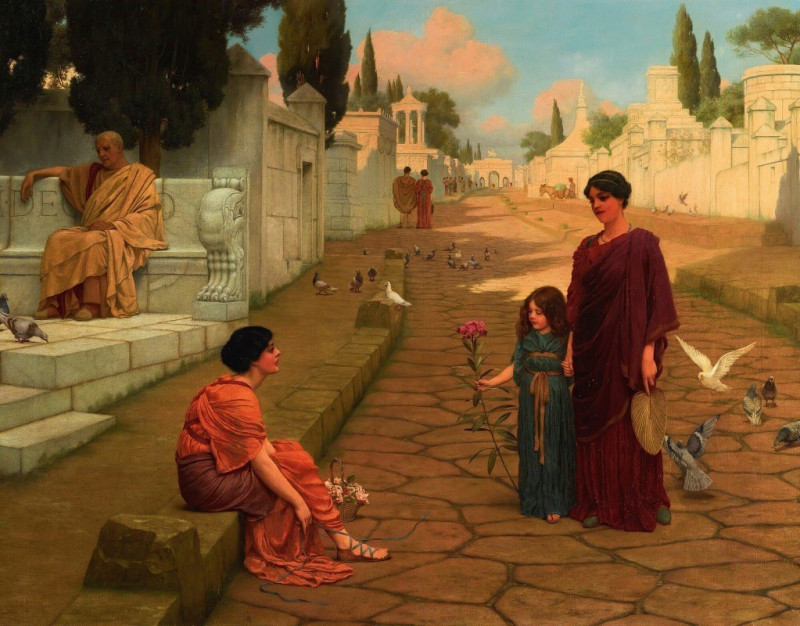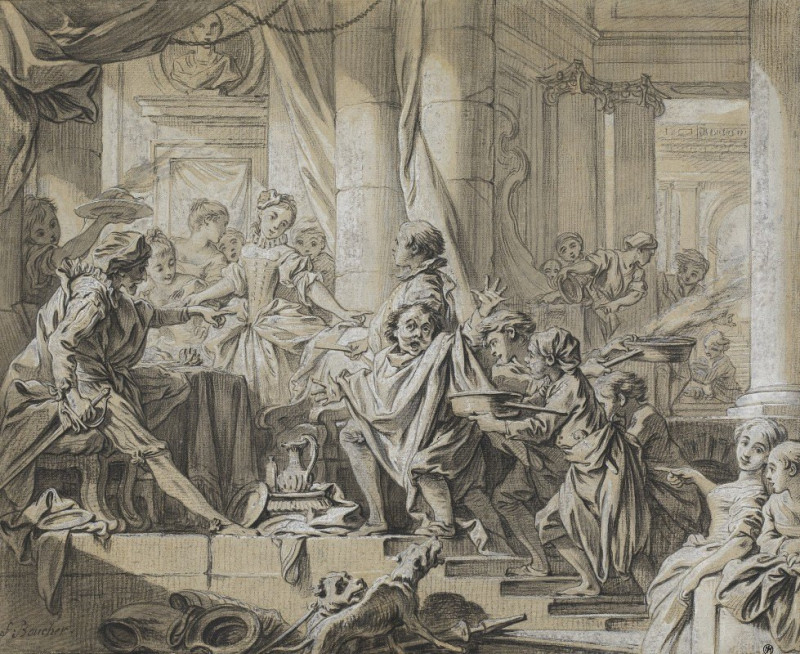Fruits on Red (1930)
Technique: Giclée quality print
Recommended by our customers
More about this artwork
Paul Klee's "Fruits on Red," painted in 1930, is a captivating example of the artist’s innovative approach to form and color. This painting captures the essence of abstraction while subtly hinting at the natural world. The artwork features a rich, red backdrop that envelops a series of whimsical and vaguely botanical forms. Each element in the painting, though abstract, suggests a connection to fruits or plants, with round shapes and delicate lines reminiscent of vines or stems.Klee’s mastery in blending colors is evident as various shades of red, brown, and black overlay to create depth and texture. This gives the painting the appearance of a rich tapestry. The elements, despite their simplicity, are imbued with a sense of animation and are harmoniously integrated, symbolizing growth and vitality. The large, droplet-like form at the bottom center might symbolize a fruit or a bud, poised to drop or bloom, adding a dynamic quality to the static image."Fruits on Red" is an enchanting experience, showcasing Klee's ability to invoke the intangible and the organic through his abstract visual language.
Delivery
Returns
Paul Klee was a Swiss-born German artist. His highly individual style was influenced by movements in art that included expressionism, cubism, and surrealism. Klee was a natural draftsman who experimented with and eventually deeply explored color theory, writing about it extensively; his lectures Writings on Form and Design Theory (Schriften zur Form und Gestaltungslehre), published in English as the Paul Klee Notebooks, are held to be as important for modern art as Leonardo da Vinci's A Treatise on Painting for the Renaissance.

